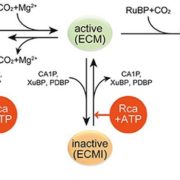
Review: Rubisco activases: AAA+ chaperones adapted to enzyme repair
0 Comments
/
Rubisco, the fundamental enzyme required for photosynthetic carbon fixation, is susceptible to inactivation by the inhibitory binding of various metabolites. Rubisco activases (Rca’s) are enzymes that remodel Rubisco and facilitate the elimination of the inhibitor. All photosynthetic organisms have…

Update: Diurnal variation in gas exchange: the balance between carbon fixation and water loss
Stomatal control of transpiration is critical for maintaining important processes, such as plant water status, leaf temperature, as well as permitting sufficient CO2 diffusion into the leaf to maintain photosynthetic rates (A). Stomatal conductance (gs) often closely correlates with A and is thought…

Recognizing featured Plant Cell first authors, February 2017
Masanori Izumi, featured first author of Entire Photodamaged Chloroplasts Are Transported to the Central Vacuole by Autophagy
Current Position: Assistant Professor, Frontier Research Institute for Interdisciplinary Sciences, Tohoku University.
Education: Ph.D. (2012), Graduate School of Agricultural…
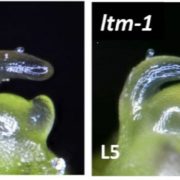
Meristem Doming and the Transition to Reproductive Development in Tomato
During vegetative growth, the shoot apical meristem (SAM) produces lateral organ primordia but remains roughly the same size, as WUSCHEL–CLAVATA signaling modulates the balance between cell division and differentiation. During the transition to reproductive growth in many species, the SAM expands in…
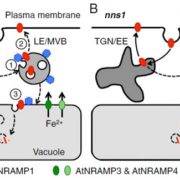
What We’re Reading: April 14
Note: Read Why We’re Writing “What We’re Reading”
Review: Ion transport at the vacuole during stomatal movement
Gas exchange and transpiration are regulated by the stomatal aperture, which is itself regulated by the changes in volume of the guard cells that overlie the stomatal pore.…
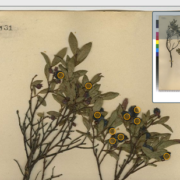
CrowdCurio: an online crowdsourcing platform for climate change studies using herbarium specimens ($)
Crowdsourcing leverages the inputs, ideas and talents of many people in parallel to achieve a goal. Crowdsourcing or “citizen science” can also be an effective approach for science outreach that engages the public by enabling them to collect and analyze data. Willis et al. have developed and assessed…

Signatures of adaptation in the weedy rice genome
Crop domestication has been accompanied by the evolution of aggressive weedy crop relatives that compete for resources and make weed management a challenge. By using whole-genome sequencing of the two most commonly found weedy rice strains in the US (SH and BHA), and comparing them with the genomes of…
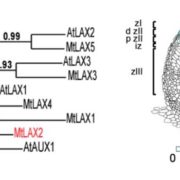
MtLAX2, a functional homologue of the auxin influx transporter AUX1, is required for nodule organogenesis
Nodules are specialized structures that form symbiotic, nitrogen-fixing associations with rhizobia on some plants including Medicago truncatula. Previous work has shown that auxin signalling is involved in nodule formation. Roy et al. extend this knowledge through the identification of a Medicago gene…

Strigolactone- and karrikin-independent SMXL proteins are central regulators of phloem formation
SMAX1 (SUPPRESSOR OF MAX2 1) was identified genetically as a suppressor of the enhanced seed dormancy phenotype of the max2 mutant, which is affected in both strigolactone (SL) and karrikin (KAR) responses (karrikins are smoke-derived germination promoters). SMAX1 is the founding member of an eight-member…

